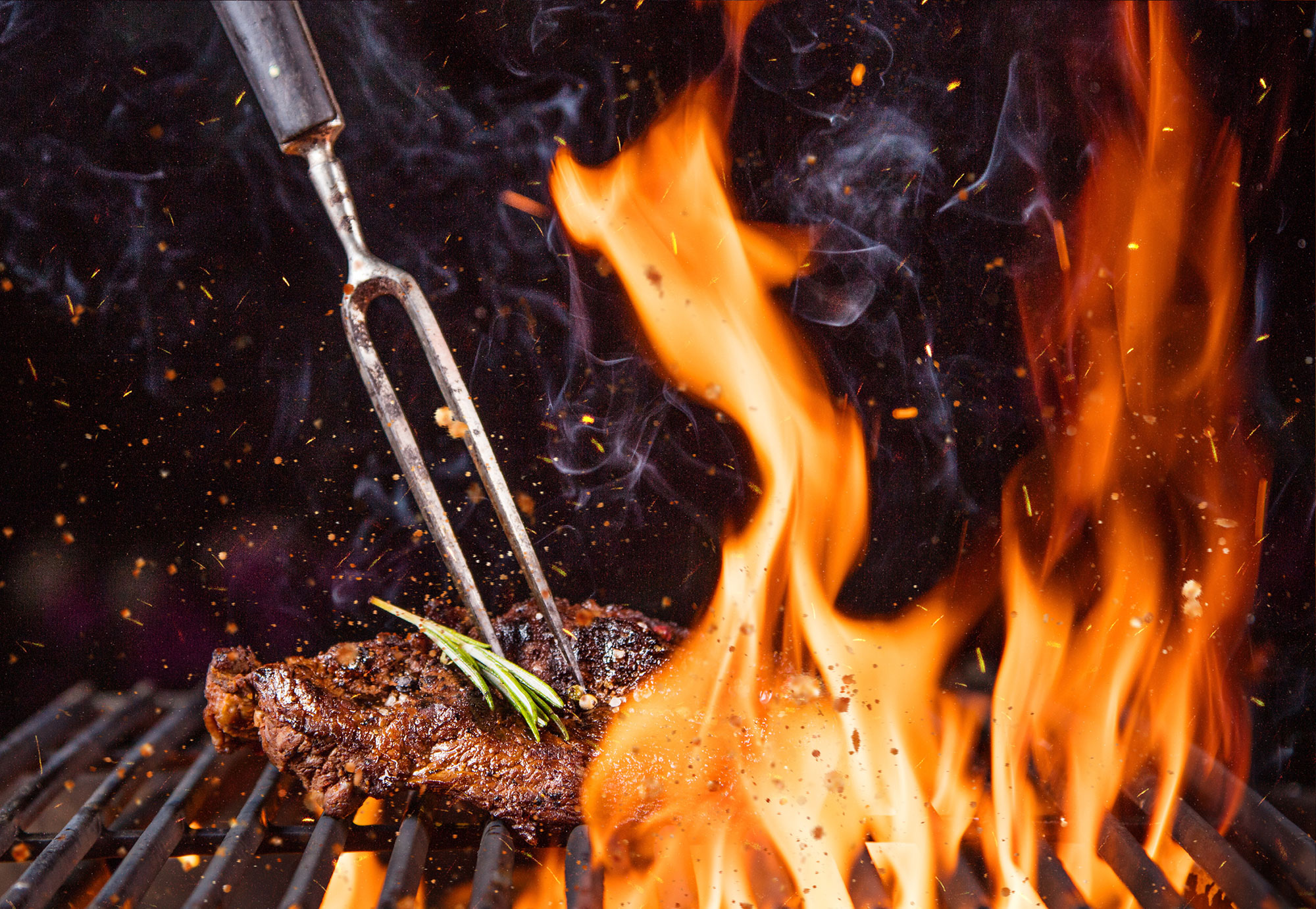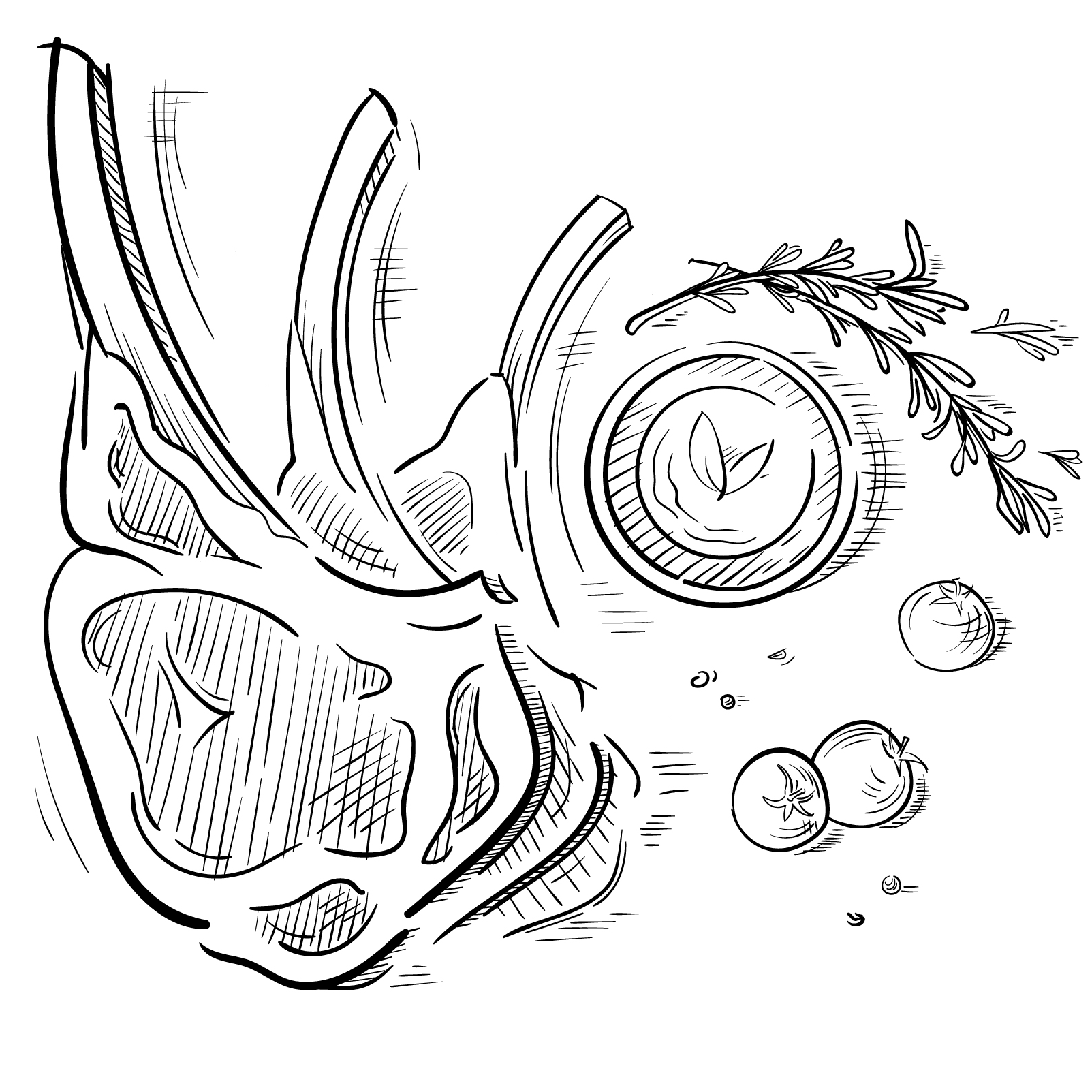Useful Cooking Tips
Let it rest.
Instead of cooking the meat that night let it set in the fridge a couple days covered on a plate. During that time it will continue to go through the aging process and become more tender. Before you cook meat allow it to warm on the counter. Cooking meat when it’s straight from the fridge makes it lose more moisture and stops a good browning from happening.
Brine, marinate, rub or cure
Marinating will increase the tenderness of meats. The acid, salt and sugar help break down the muscle fibers.
Go low and slow
Lowering the cooking temperature and lengthening the cooking time can prevent the meat from drying out so it stays moist and tender. You accomplish this by covering meat for the first part of the cooking time in the oven, by cooking in crock pots and by dropping the cooking temperature.
Cook it rare or cook it precise
For red meats the easiest way to retain the good texture is to cook it rare. If this is not your preference, be precise in your cooking time and temperature to insure that you are not over cooking the meat.
Keeping close tabs on the temperature can make a huge difference. Meat continues to raise as much as ten degrees from the temperature you read in the oven or pan. Take your cuts out ten degrees before your ideal temperature. Meat thermometers are easy to use and there are endless temperature guides online so don’t let this intimidate you. This is also why it’s so important to let meat rest before you cut it up. That little bit of time lets the juices redistribute throughout the meat.
For further reading on cooking grass fed and pastured meat consider this book, The Grassfed Gourmet.




